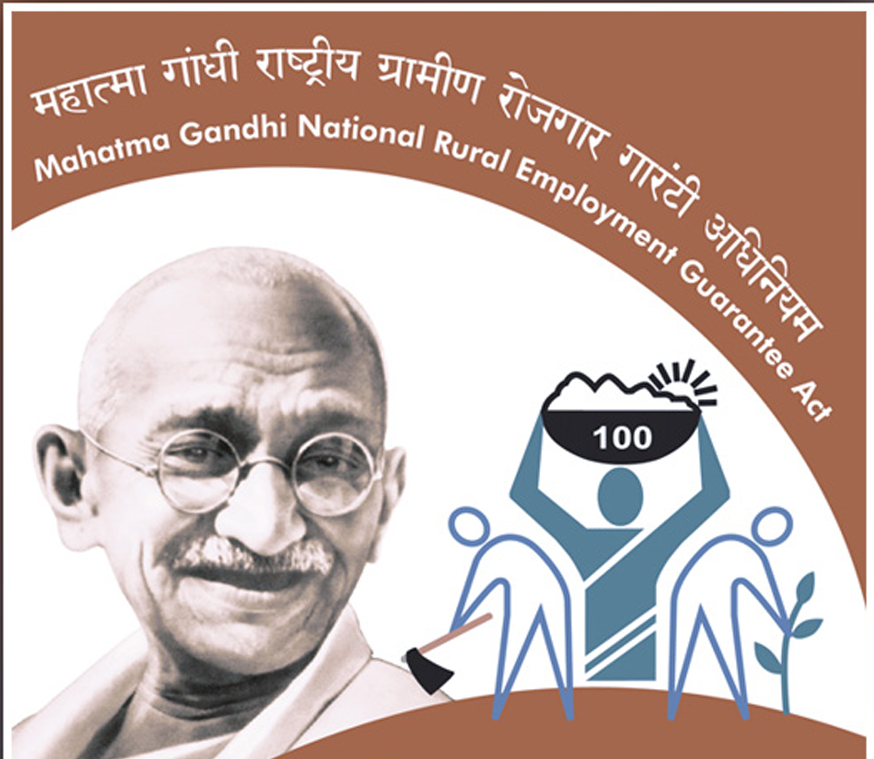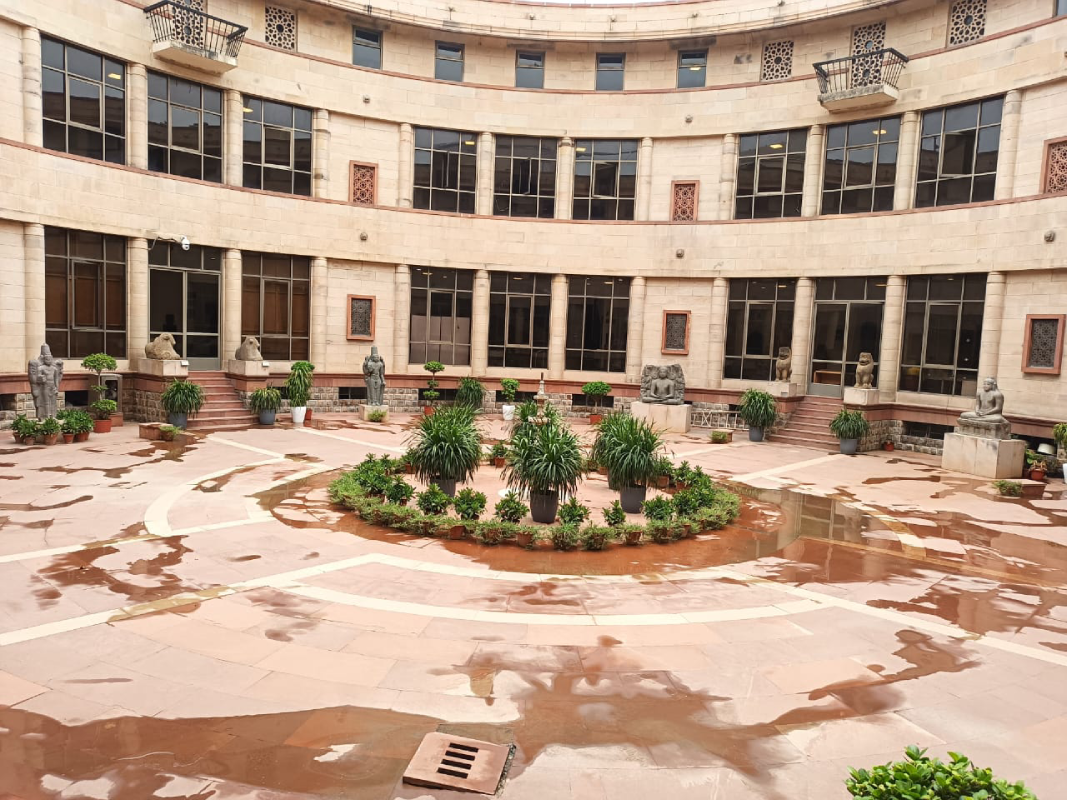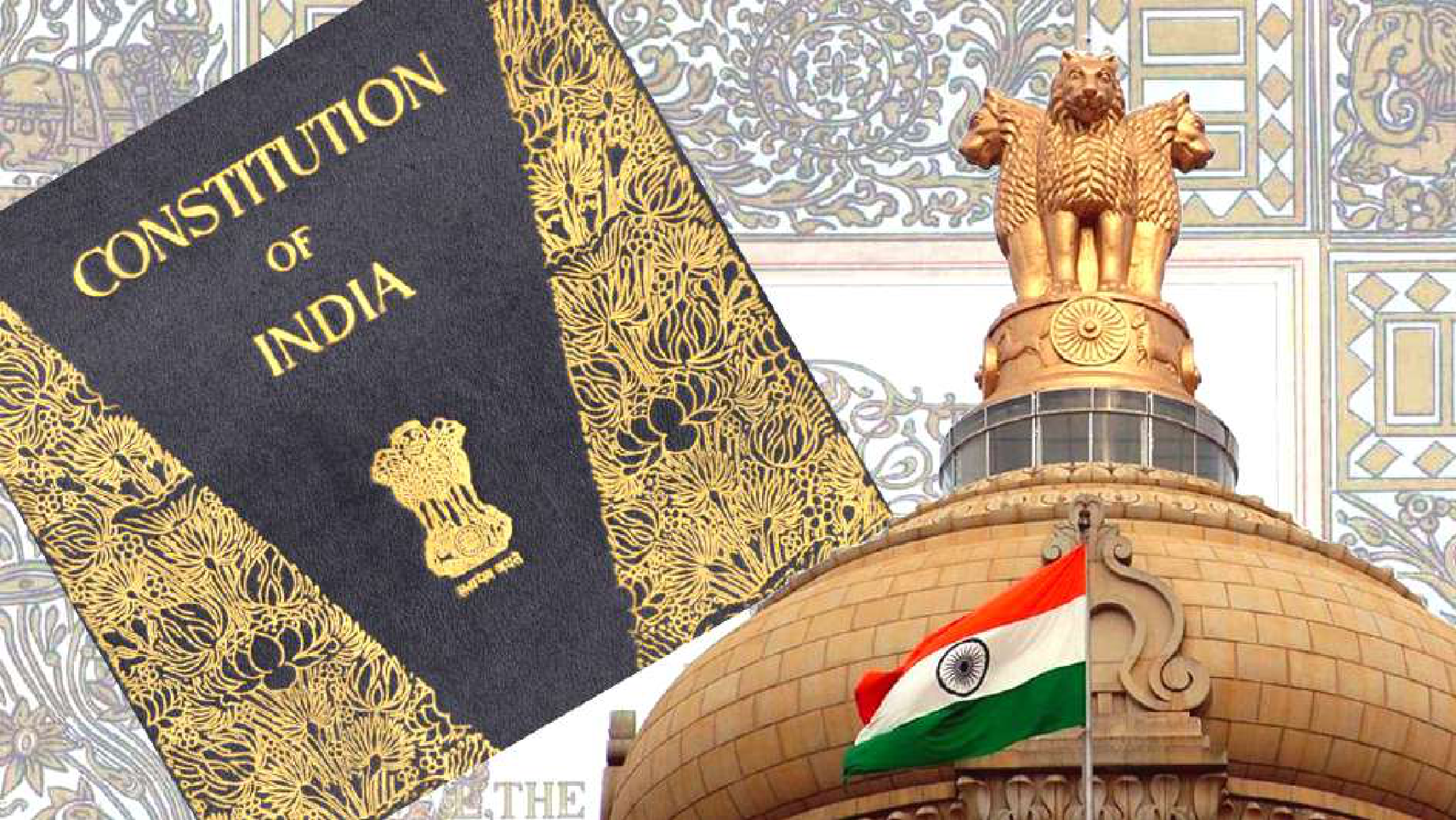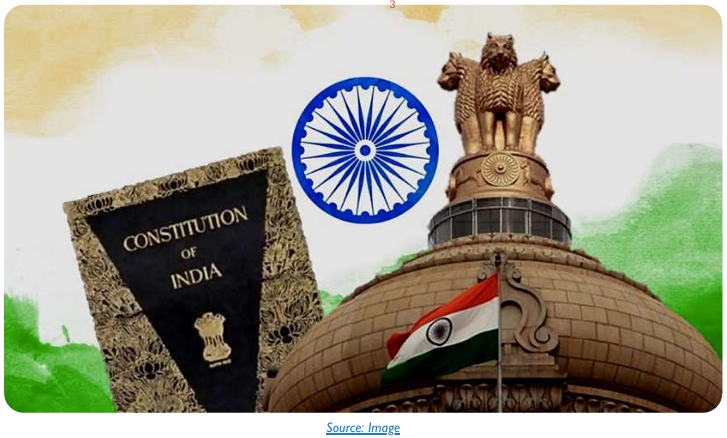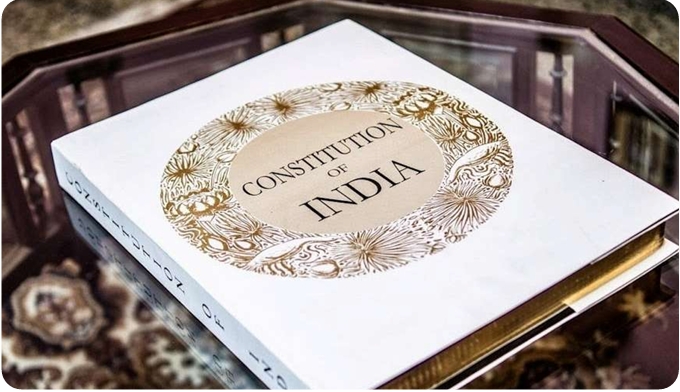Background
The Mahatma Gandhi National Rural Employment Guarantee Act (MGNREGA) constitutes a major component of the India’s national social protection floor, and it provides the legal basis for the biggest employment programme in the world. Since its inception in 2006, it has provided a source of income to rural workers, increased wage rates, achieved high female participation rates and created durable assets.The participation rate coverage of the relevant population is higher in MGNREGA than in any other major Indian social protection scheme (World Bank 2011).
Although MGNREGA is relatively a new act,it is embedded in a long history of social protection initiatives for the disadvantaged and rural groups. However, most of these initiatives have had significant gaps in coverage and have not achieved the desired results. To fill some of these gaps and provide a source of income to India’s rural population the MGNREGA Act was enacted in 2005. Following its unanimous adoption by the Indian Parliament on 7 September 2005 under the UPA, it was implemented in three phases, starting with 200 districts in the year 2006-07, followed by another 130 in 2007-08. The remaining rural districts were included under the scheme with effect from 1 April 2008.Today The Act is hailed as landmark legislation nationally and internationally for its innovative policy framework
MGNREGA is innovative in comparison to earlier employment and welfare schemes in India in terms of its legal basis as an Act of Parliament and its rights-based character.The employment guarantee clause of the MGNREGA legally enshrines universal access for the rural population. The Act gives preference to unskilled works, encouraging everyone to participate regardless of their level of training, and the use of contractors is officially banned (Schedule I)31 .To ensure accessibility employment has to be provided within a 5 km radius of the village (Schedule II)32 . Participation in the scheme is designed to be based on demand, and must be provided within 15 days from the date of application. Further,The Act prescribes a minimum one third participation rate for women (Schedule II)33 . It also favours the participation of Scheduled Caste (SC) and Scheduled Tribe (ST) populations34 .
Given the rights-based entitlement to demand-based employment,The Act centrally depends on the knowledge of potential participants about their rights, and their ability to claim these rights. Therefore other provisions of the Act, such as mandatory information and education campaigns and statutory access to grievance redressal mechanisms are of particular importance. The respect for rights and dignity of people covered by The Act is additionally strengthened through their involvement in decision-making on the works to be performed in their village. MGNREGA delegates decision-making and implementation responsibilities to local political bodies of the Panchayati Raj Institutions (PRI) (Art. 16)35 , and states that at least 50 per cent of the works carried out have to be locally decided. Rights and dignity are further reinforced through citizen-Centred monitoring structures that increase accountability.While the policy framework of MGNREGA combines rights-based entitlements with demand- driven employment and citizen-Centred monitoring, when we turn from the provisions of The Act to the practice of implementation it becomes evident that not all of these innovative features are fully realised.
Key Issues
- Low Wages: Current wage Rs 180/day which is far below market rate36 . The Anoop Satapathy Committee recommended setting minimum wage at Rs 375/day as of July 201837 . Wage rate below minimum wage in 23 states38 .. Low wage rates resulted in lack of interest among workers making way for contractors and middle men to take control, locally.
- Delays in Wage Payment: The Act requires payment of wages within 15 days. Frequent delays in payment.According to a study in 2016-17 and 2017-18, the delay by the GoI in releasing funds was 56 days on an average for 10 states in India.The National Level Monitoring report of 2016-17 shows wage disbursals delayed by a month in nearly 17% of villages surveyed and delayed by more than a month in 40% of the villages39 . Currently more than 30% wages pending since October 201940 .
- No Compensation for Delays: NREGA requires payment of compensation in case of delay in wage Currently the MIS calculates delays up to the date when the Fund Transfer Order is generated. It should be calculated up to the date when the wage is credited. 2017-18 data shows 86% of compensation unaccounted due to non-recording of delays post FTO generation41 . Despite order of the Supreme Court42 and Government Order by the Union Ministry of Finance, no provision has yet been worked out in the MIS for calculation of full wage delays and payment of compensation for the same.
- Shortfall in Employment Provided: The scheme guarantees 100 days of However, from 2012-18 the average number of days of employment was 45.5 days, with a maximum of 49 days in 2015-1643 . In 2017-18 49 days of employment was provided. Also, in 2018-19 only 84% of workers who demanded work were provided employment44 .
- Unemployment Allowance not paid: In case work is not provided within 15 days of demand The Act requires payment of unemployment allowance. 2018 data shows a total of 8.4 crore persons had demanded work in the year 2017-18, but only 7.2 crore got the opportunity to work.The remaining 1.2 crore did not get any unemployment allowance45 .
- Workers penalized for administrative lapses: The ministry withholds wage payments for workers of states that do not meet administrative requirements within the stipulated time period46 (for instance, submission of the previous financial year’s audited fund statements, utilisation certificates, bank reconciliation certificates etc). Workers paying for fault of state administration.
- Insufficient Funding: NREGA’s success at the ground level is subject to proper and uninterrupted fund flow to the Almost every year, more than 80 per cent of funds get exhausted within the first six months.The allocation for 2020-21 has marginally increased from 60,000 crore last year to 61,500 cr47 . The revised estimates for last year was 71,002 crore which was 9.1% higher than this year’s allocation.According to NREGA Sangarsh Morcha48 .the required allocation for smooth implementation is around 1 lakh crore with 66,960 crore required for wages if only 248 per is paid, 16,740 for material cost, 13,252 crores for pending liabilities of previous year, coming to a total of 92,767 crore. Considering 10% inflation the figure would be around 1 lakh crore. Thus, fund allocation is insufficient to ensure proper implementation on the ground. It is at root of a lot of problems including low wages, lack of provision of compensation and unemployment allowance and work supply lower than 100 days.
- Problems with Technology: The implementation of MGNREGA is increasingly dependent on However, as per many activists the use of technology has made NREGA less transparent for workers, reduced accountability of frontline functionaries and aided in centralisation of the programme 49 .
- In many areas problems with use of e muster Attendance continues to be maintained in a register and this register is used to generate post-dated work demand and EMRs50 ..
- The shifts from cash payments to bank (or post office) accounts, then to electronic payments, and now to Aadhaar-based payments were supposed to enhance transparency and reduce leakages. However, there is evidence showing how real- time MIS has and is leaving lakhs of workers unpaid every year 51 .
9. Too much Centralization: A real-time MIS-based implementation and centralised payment has left Panchayati Raj Institutions with no role in implementation, monitoring and grievance redress of NREGA schemes52 . Convergence with other schemes without considering local priorities such as linking NREGA to Pradhan Mantri Awas Yojana (PMAY), construction of household toilets and anganwadi Centres have meant that the plans of gram sabhas and gram panchayats not being honoured, which violates the The Centre through the arbitrary “Approved Labour Budget” has put a cap on funds through the National Electronic Fund Management System. According to Ne-FMS guidelines, states won’t be allowed to generate employment above the limits agreed by Approved labour Budget making it supply driven rather than demand driven53 .
The Importance of MGNREGA during the Covid Pandemic
According to the World Bank, 12 million people in India may slip below the poverty line due to pandemic-related job losses54 . The repercussions of the COVID-19 crisis for low- skilled migrant labourers and informal workers have been overwhelming. Due to lack of social security nets and formal benefits, these labourers have lost their jobs and travelled to their home towns without any guarantee of returning. In light of the reverse migration that took place the MGNREGA scheme has been expected to play a huge role in providing rural livelihood support. Consequently, on 17 May, Union Finance Minister Nirmala Sitharaman announced an allocation of an additional INR 40000 crore for the scheme as part of the economic stimulus package announced under the government’s Aatmanirbhar campaign55 . The government also increased the daily wage rate of labourers under MGNREGA from INR 182 to 20256 . However, if MGNREGA is expected to effectively reduce rural distress, it will require adequate budgetary support to ensure rural communities are able to deal with the economic aftershocks induced by the pandemic.
The People’s Action for Employment Guarantee (PAEG) has recently stated that the Mahatma Gandhi National Rural Employment Guarantee Act (MGNREGA) has emerged as the main source of income for the rural populace during the pandemic57. According to the group, 5.8 crore households have got work under the MGNREGA since April, already exceeding the scheme’s usual annual beneficiaries of 5 crore. Further, around 85 lakh job cards have been issued this year, 22 per cent more than the usual annual average. Given the importance of MGNREGA the group has demanded a hike in the wage rate and the number of permissible days for work per family from 100 to 200 days. The researchers in the group have also suggested that the government had allocated Rs 61,500 crore in this year’s budget for the MGNREGA, and the programme’s funding had already run into a deficit. The group has therefore, urged the government to release the additional Rs 40000 crore as announced in May as soon as possible.
Recommendations
- There needs to be a roadmap to ensure funding requirements are met.
- The tendency to over-centralise implementation of the programme needs to be stopped. It has to be ensured that the programme remains demand driven.
- Need independent audit of all technological features to understand the major gaps in implementation using technology. The Tamil Nadu Model where technology has been put to good needs to be studied further to assess the possibility of replication.
- It must be ensured that minimum wages are Dated receipts for demanded work should be issued so that workers can also claim unemployment allowance and compensation whenever applicable.
- Training and capacity building of elected representatives and other functionaries of PRIs especially in use of technology must be done regularly.
- Social Audits, Grievance redress and Ombudspersons need to be Set up an independent social audit unit and frame detailed training programmes for Social Audit functionaries.
References:
- Aggarwal, February, 2019. ‘Ten Ways MGNREGA Workers Do Not Get Paid,’ Economic and Political Weekly,Vol. 52, No. 6. Mumbai: Economic and Political Weekly.
- Dreze, August 23, 2014. ‘Learning from NREGA,’ The Hindu. New Delhi:The Hindu.
- Government of 2005. National Rural Employment Guarantee Act.
- Jebaraj, January 27, 2020. ‘Fund crunch hits MGNREGA scheme,’ The Hindu. New Delhi:The Hindu.
- Kwatra, Nikita and Alexander, January 22, 2020.‘Is MNREGS the answer to the rural slowdown?,’ livemint.
- MoRD. 2017. Summary of National Level Monitoring, Common Review Mission & Internal Audit on MGNREGA. New Delhi: Ministry of Rural Development, Government of India.
- Narayanan, Rajendran, Golani, Rajesh and Dhorajiwala, 2018. Analysis of Payment Delays and Delay Compensation in NREGA: Findings across Ten States for Financial Year 2017-18. Bengaluru: Azim Premji University.
- Press Trust of November 22, 2019.‘Government awaits Labour Ministry’s decision on modifying consumer price indices,’ Financial Express.
- PRS.July 2019.‘Demand for Grants 2019-20 Analysis: Rural Development’, New Delhi: PRS Legislative Research.
- Singh, August 1, 2019. ‘BJP Government’s Efforts to Reduce MGNREGA to Just Another Scheme,’ Newsclick.
- The Wire February 1, 2020. ‘Budget 2020 Fails MGNREGA,Yet Again,’ The Wire.
- World Bank. 2011. Social Protection for a Changing India. New Delhi:World Bank.
Footnotes:
31 NREGA Act, 2005
32 ibid
33 ibid
34 ibid
35 ibid
36 https://www.thehindu.com/news/national/government-to-peg-mgnrega-wages-to-inflation-in-bid-to-hike- incomes/article29443145.ece
37 https://pib.gov.in/PressReleasePage.aspx?PRID=1564590
38 https://www.livemint.com/news/india/is-mgnregs-the-answer-to-the-rural-slowdown-11579685377701.html
39 https://nrega.nic.in/netnrega/writereaddata/Circulars/2243findings.pdf
40 https://www.livemint.com/news/india/is-mgnregs-the-answer-to-the-rural-slowdown-11579685377701.html
41 https://azimpremjiuniversity.edu.in/SitePages/pdf/PaymentDelayAnalysisWorkingPaper-2018.pdf
42 http://www.indiaenvironmentportal.org.in/files/MGNREGA%20Supreme%20Court%20Judgement%20 2018%20wage%20payment.pdf
43 https://prsindia.org/parliamenttrack/budgets/demand-grants-analysis-rural-development
44 ibid
45 https://www.newsclick.in/BJP-Government-Efforts-Reduce-MGNREGA-Just-Another-Scheme
46 https://www.indiaspend.com/19-states-freeze-mgnrega-payments-Centre-not-releasing-funds-2/
47 https://thewire.in/labour/budget-2020-nirmala-sitharaman-mgnrega
48 ibid
49 https://www.ideasforindia.in/topics/poverty-inequality/mnrega-technology-vs-technocracy.html
50 ibid
51 https://www.epw.in/journal/2017/6/web-exclusives/ten-ways-mgnrega-workers-do-not-get-paid.html
52 https://www.ideasforindia.in/topics/poverty-inequality/mnrega-technology-vs-technocracy.html
53 https://www.pressreader.com/india/the-hindu/20180516/281956018432902
54 https://www.bloombergquint.com/coronavirus-outbreak/world-s-biggest-lockdown-to-push-12-million-into- extreme-poverty
55 https://thewire.in/economy/coronavirus-nirmala-sitharaman-fifth-tranche-mgnrega-state-borrowing-limit
56 https://economictimes.indiatimes.com/news/economy/finance/Centre-releases-rs-4431-crore-to-clear-pending-wages-under-mgnrega-to-pay-all-dues-by-april-10/ articleshow/74849430.cms
57 https://timesofindia.indiatimes.com/india/activists-demand-doubling-of-financial-grant-and-work-days-under-nrega/articleshow/78043722.cms

